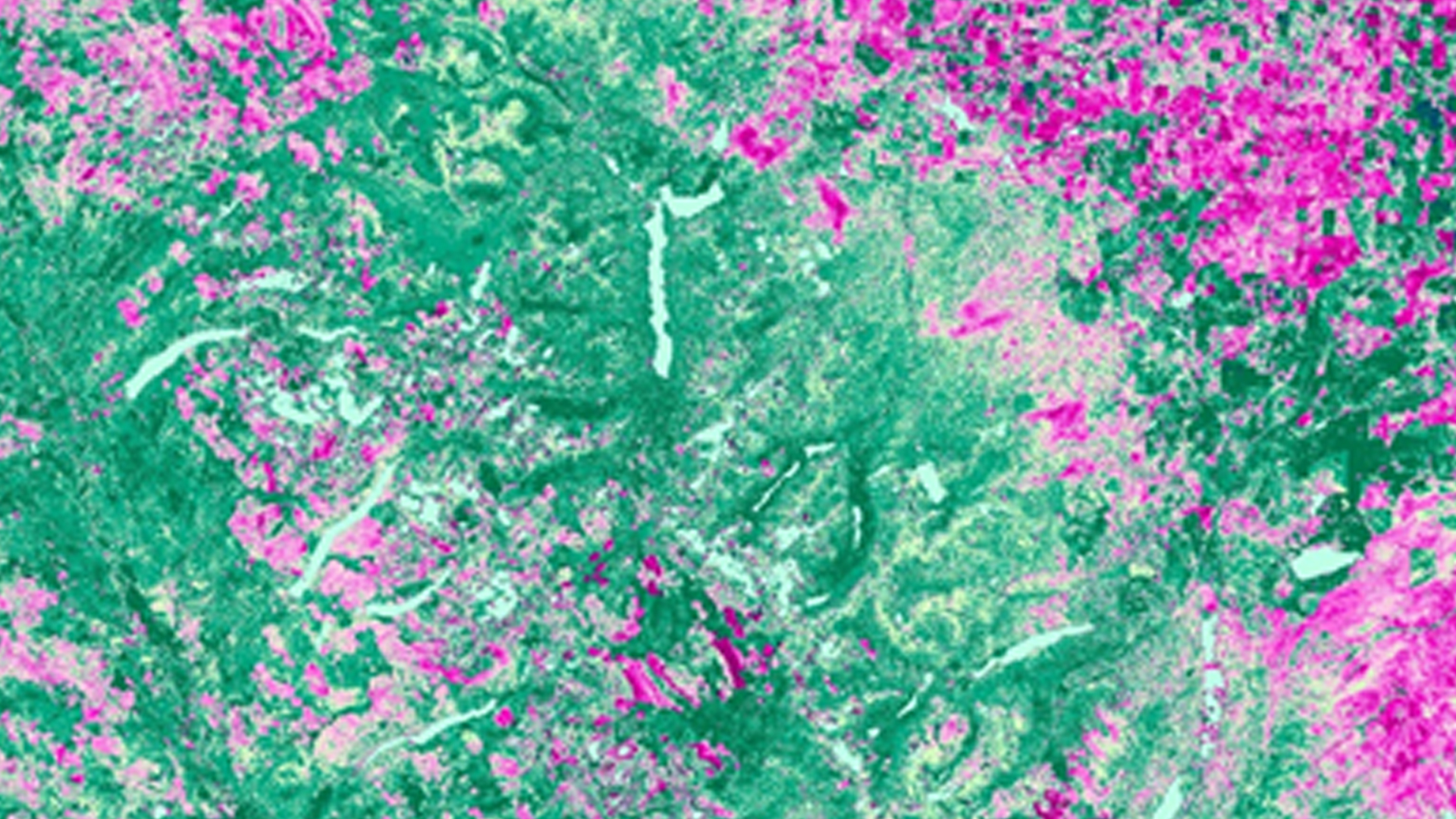Glacier National Park Climate

Utilizing NASA Earth Observations to Quantify Landscape Disturbances Related to a Changing Climate in Glacier National Park
National parks face an increasing number of threats from climate and biotic stressors, which lead to both major and minor landscape disturbances. The effects of disturbance are wide-ranging (e.g., changing species composition, altering nutrient flow and biodiversity, and landscape alterations) and impact numerous ecosystems within the park. While disturbance is part of the ecological history of a region, the major drivers and magnitude of disturbance change over time. In this project, the team quantified and mapped landscape disturbances in Glacier National Park from 1999 to 2016 (for the months of June – September). Landsat data were used to detect and map biotic stress from pathogens (such as the mountain pine beetle), fires, avalanche tracks, and landslides by using a threshold-based decision tree classification scheme similar to the work of Goodwin and others. Based on this methodology, and cross referencing results with insect Aerial Detection Surveys from the US Forest Service, it was observed that pathogen presence is represented by a negative change in NDMI of 600-4,000, with potential "green attack" phases of pathogen attack being represented by negative changes in NDMI of 250-600. Abrupt disturbances such as landslides, floods, and avalanches are represented by changes in NDMI of greater than 4,000. These results will aid the National Park Service in natural resource management by predicting a multitude of landscape disturbances in response to a changing climate.
Project Video:
Disturbing the Peaks: Mapping Landscape Disturbances in Glacier National Park
- Location
- NASA Langley Research Center
- Term
- Fall 2016
- Partner(s)
- National Park Service, Glacier National Park
NASA Ames Research Center, Biospheric Branch - NASA Earth Observations
- Landsat 4, TM
Landsat 5, TM
Landsat 7, ETM+
Landsat 8, OLI
SRTM - Team
- Jordan Lubbers (Project Lead)
Dr. Sunita Yadav-Pauletti
Ryan Avery
Joe Harris
Suzannah Richards
Zachary Wardle - Advisor(s)
- Dr. Kenton Ross (NASA DEVELOP National Program)